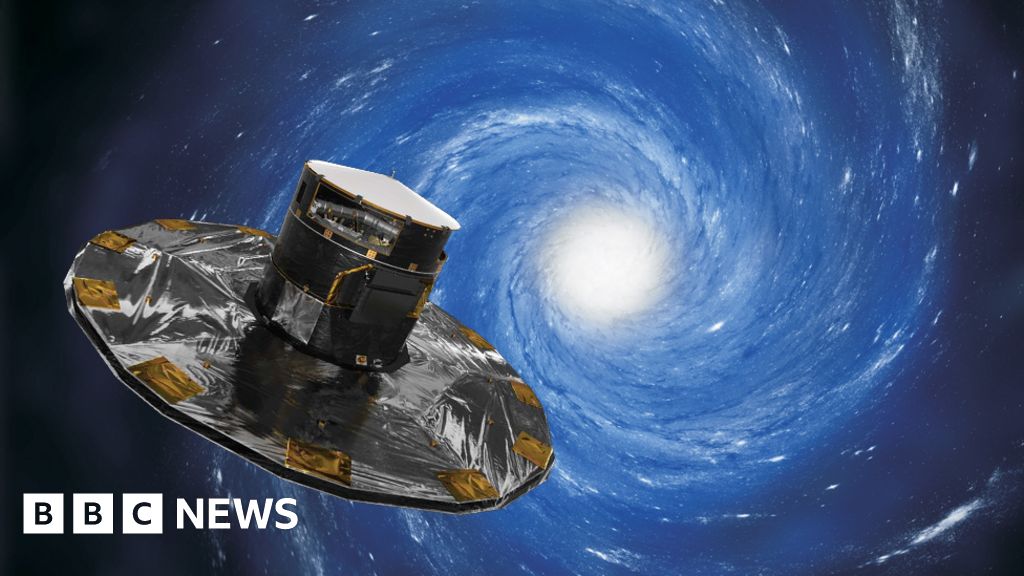Title Gaia’s first asteroid discoveries
Released 29/04/2019 10:00 am
Copyright ESA/Gaia/DPAC
Description
While scanning the sky to chart a billion stars in our Milky Way galaxy, ESA’s Gaia satellite is also sensitive to celestial bodies closer to home, and regularly observes asteroids in our Solar System.
This view shows the orbits of more than 14 000 known asteroids (with the Sun at the centre of the image) based on information from Gaia’s second data release, which was made public in 2018.
The majority of asteroids depicted in this image, shown in bright red and orange hues, are main-belt asteroids, located between the orbits of Mars and Jupiter; Trojan asteroids, found around the orbit of Jupiter, are shown in dark red.
In yellow, towards the image centre, are the orbits of several tens of near-Earth asteroids observed by Gaia: these are asteroids that come to within 1.3 astronomical units (AU) to the Sun at the closest approach along their orbit. The Earth circles the Sun at a distance of 1 AU (around 150 million km) so near-Earth asteroids have the potential to come into proximity with our planet.
Most asteroids that Gaia detects are already known, but every now and then, the asteroids seen by ESA's Milky Way surveyor do not match any existing observations. This is the case for the three orbits shown in grey in this view: these are Gaia’s first asteroid discoveries.

